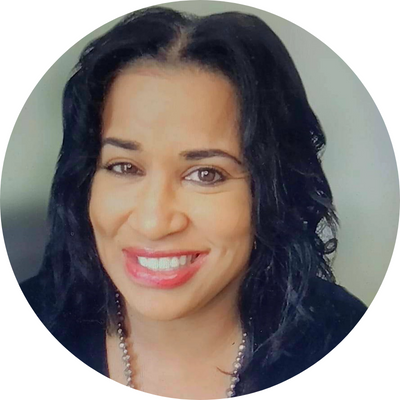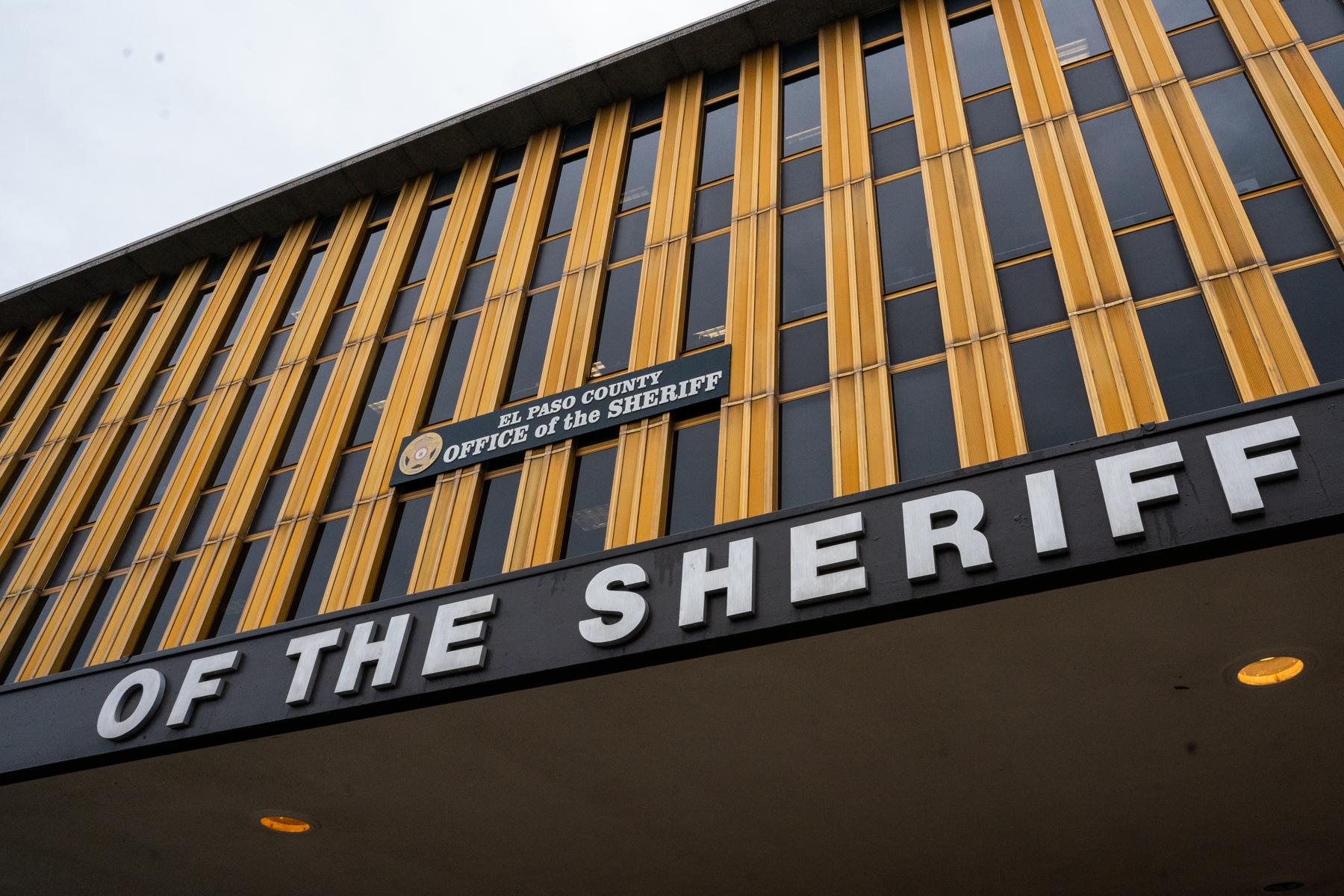
“Where Did We Sit On The Bus?,” a one-person play running through June 2 at the Denver Center for the Performing Arts, has been described as a “theatrical mixtape” and “an immigrant story with themes both timely and poignant.” However, lead actress Satya Chavez said the original music she produced and performs is the soundtrack to a timely and poignant American story.
A key focus of the production is when the main character, a 9-year-old Latina named Bee, asks her teacher during a history lesson on Rosa Parks; “Where Did We Sit On The Bus?”
Colorado Matters Host Chandra Thomas Whitfield recently sat down with Ramon Del Castillo, a retired professor of Chicana/o Studies who taught for 35 years at Metropolitan State University of Denver, to gain more insight into the question and the role Latinos have played – and continues to play – in social justice movements in America.
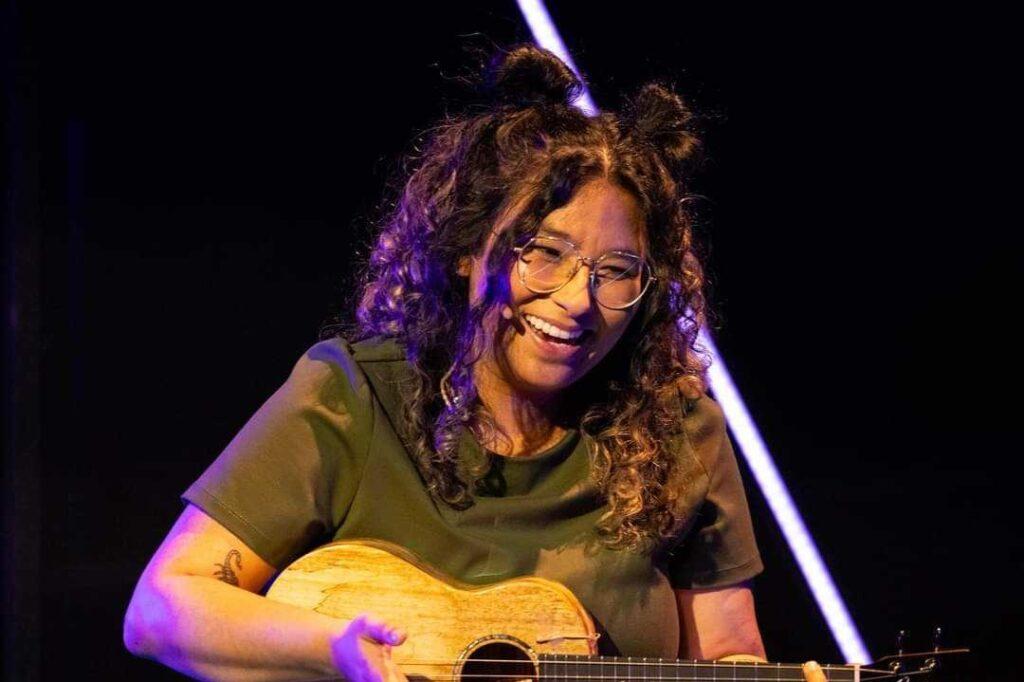
Read the interview
Editor's note: This interview has been edited lightly for clarity and length.
Chandra Thomas Whitfield: Professor, welcome. So, what did you think of the production?
Ramon Del Castillo: I was quite mesmerized by the play; Satya was fantastic! I loved the incantations, the lyrics, the poetry, the rap, and the hip-hop. I'm a third-generation Chicano, Mexican American from Wichita, Kansas. I've been in Colorado since 1972, arriving during the Chicano movement, and I can relate to exactly what you're talking about. I've been blessed with a rich family history—my grandfather fought in the Mexican Revolution, my father was a Korean War veteran, and my brother is a Vietnam veteran. I was drafted in 1969 but never ended up in Vietnam. The stories you tell cross these fictitious borders we've set up to protect ourselves from harm and racism.
Thomas Whitfield: A key focus of the production is when 9-year-old Bee asks during a history lesson on Rosa Parks, "Where did we sit on the bus as Latinos?" Professor, where did Latinos sit during the segregation era?
Del Castillo: I think it's a metaphor. When I saw the title, it reminded me of Rosa Parks. In Wichita, when the Mexicanos came during the 1910 revolution and worked in the packing houses and railroads, they built a Mexican community. My mom worked 33 years in a packing house. They built a separate school for Mexican children under "separate but equal." After Brown v. Board of Education in 1954, integration began. I recently researched Mexican American fast-pitch softball. In Wichita, packing companies had white, Black, and brown teams, and while they couldn't play on each other's teams, they played against each other, breaking down barriers over time.
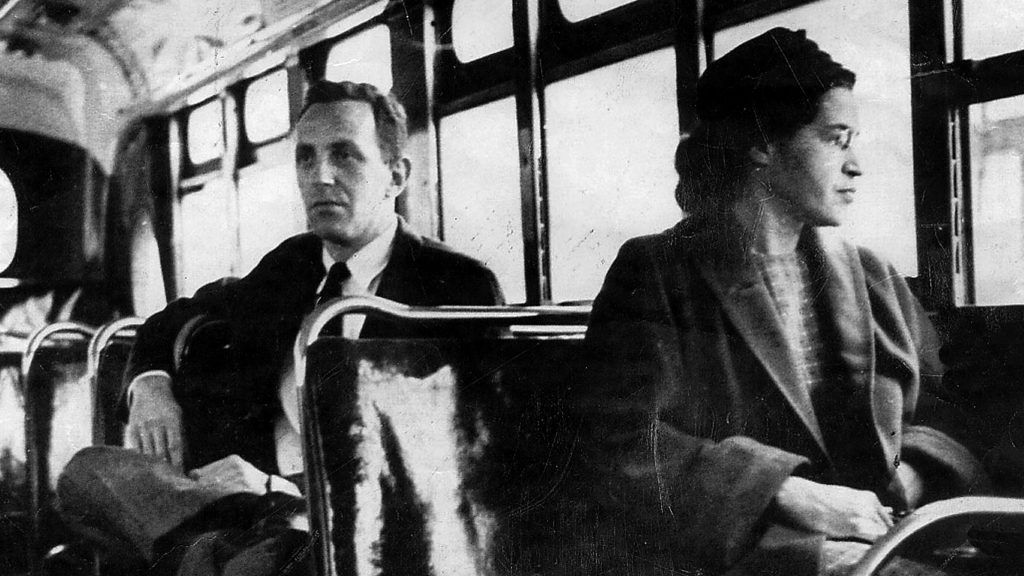
Thomas Whitfield: This is fascinating. I'm from the South and the civil rights era is often seen as Black-and-white issue. Where does Colorado and the Rocky Mountain region fit into this, especially regarding other groups like Indigenous people, Asians, and Latinos?
Del Castillo: You have to go back to the 15th century when we became a mixture—a mestizaje—of Indigenous groups and Spaniards. The border between the U.S. and Mexico is a political construct from the Mexican-American War. As Chicanos, we've been colonized twice—by the Spaniards in the 15th century and by the Americans later. We're a mixture of Indigenous, Spanish, African, French, and Asian influences. We live in a double consciousness, as W.E.B. Du Bois described.
Where did we sit on the bus? It depended on colorism and how you presented yourself. The Chicano movement was about finding space and place while combating invisibility, voicelessness, and powerlessness. When you ask where we sat, we were all over the place. We're now rediscovering our talents and breaking barriers of gender, sexuality, race, and class. The question isn't about taking from others through affirmative action but recognizing how much talent was destroyed by keeping groups oppressed.
Thomas Whitfield: A lot of people are familiar with Mexican-American labor leader and civil rights activist Caesar Chavez, but what other names should we know in terms of the Latino and Chicano leaders who helped galvanize these movements?
Del Castillo: I had the privilege and honor of working with [Denver-based Mexican-American boxer, poet, political organizer, and activist] Rodolfo “Corky” Gonzalez. Corky was a good friend. I knew Corky since about 1972. When I came to Denver, I did work with them. I know José Angel Gutiérrez who established the Latino Activist organization called La Raza Unida in Texas. I met all of them folks.
I had the privilege of interviewing Reies López Tijerina, who led the land-grant movement in New Mexico, when he was working on that struggle. We did work in prisons with the Pintos, Chicana and Chicano prisoners, so all of these things, I would've never had those opportunities if it hadn't been for the movement. When I teach a class in social justice, I bring in all of these leaders that have given to our community, Su Teatro Theater Founder Tony Garcia, here in Denver. We've had other great artists that have come through here and have come out of Denver. So, I'm very familiar with all of that work.
Thomas Whitfield: May 27, 2024, marks the 50th anniversary of Los Seis de Boulder, which translates to “the Boulder Six.” It refers to a historic incident where six Chicano activists and students were killed in two car bombings in Boulder in 1974. The name was coined after those deaths. The students killed were protesting the negative treatment of Mexican American students at the University of Colorado Boulder. What can you tell us about that incident?
Del Castillo: Well, I had the privilege of meeting them and knowing them, each one at different levels. At the time, we had statewide organizations. I was going to the University of Northern Colorado. They were at CU Boulder, and we were all involved in the Chicano movement working towards social, educational, political, and economic justice. They were revolutionaries with a strong sense of justice. What happened to them was a tragedy because six beautiful people with brilliant minds and a vision of a better world were massacred. They were killed in two separate bombings.
Every year for a while, there were marches to honor them. I remember participating in the first and second-year marches, pulling security. When you looked up on top of buildings, there were likely FBI or CIA agents with machine guns. It was a travesty that had a big impact on the movement, especially in Colorado.
Thomas Whitfield: My understanding is that some FBI files on this case assert that these activists died accidentally when their bombs unexpectedly detonated. Had you heard that, and what’s your reaction to that account of the tragedy?
Del Castillo: Well, there were two independent theories. One theory from the system was that they were playing with dynamite, didn't know what they were doing, and killed themselves. Another theory was that dynamite had been placed in their cars and detonated at certain points, killing them. There was a lot of anxiety about what happened, causing fear about what the system would do to revolutionaries. It was a melancholic time for several years, and they still honor many of those who died.
The FBI files, as detailed in Ernesto Vigil’s book The Crusade for Justice, uncovered tons of information about COINTELPRO, the counterintelligence program that practiced surveillance on groups like Chavez’s United Farm Workers. The surveillance was extensive under J. Edgar Hoover, who had everyone watched, leading to files on activists of all backgrounds, including myself.
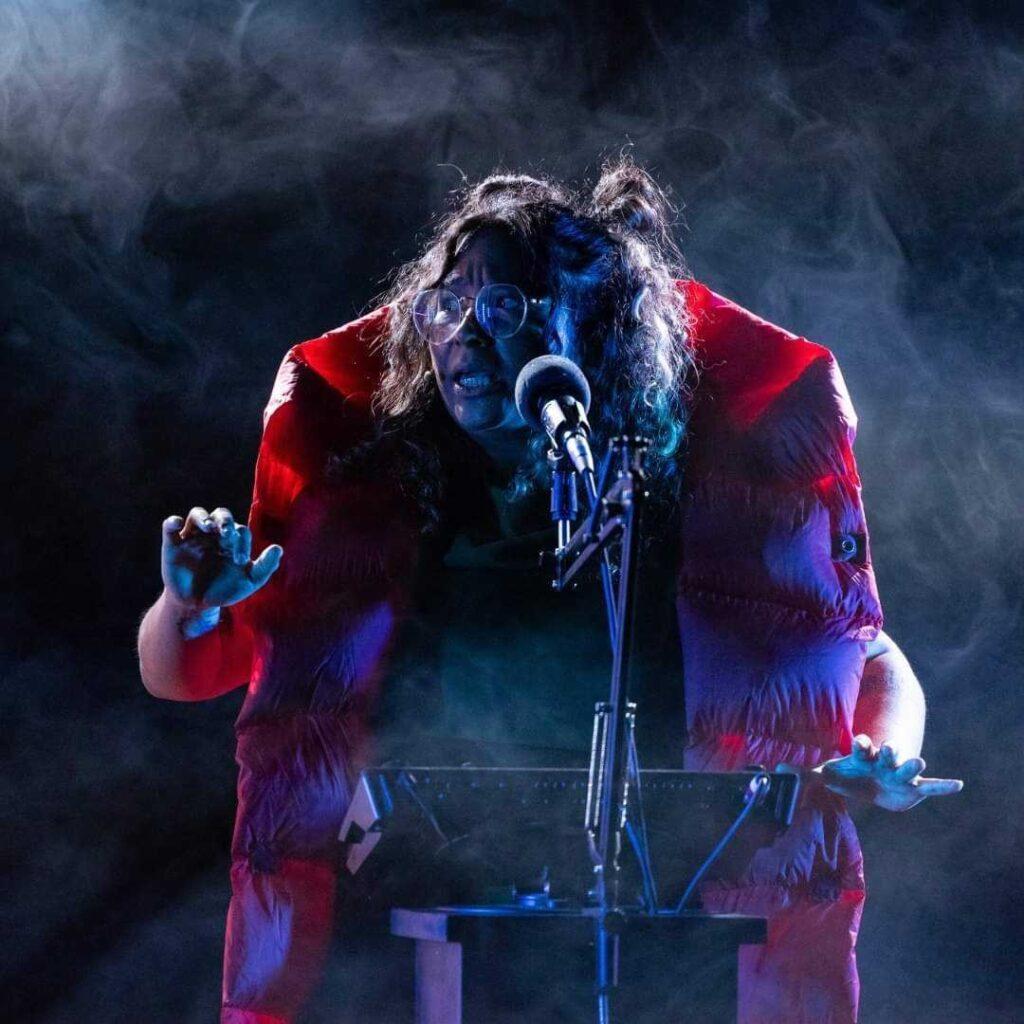
Thomas Whitfield: Professor, you’re telling us about a lot of information that I wasn’t familiar with, and I suspect others aren’t either. Is this information being taught in Colorado schools? Where may we learn about this?
Del Castillo: Myself and four other major researchers—Dr. Luis Torres, my brother Dr. Steve Del Castillo, Dr. Kathy Escamilla, and two statisticians—just finished a 250-page project for Denver Public Schools that will be incorporated into the curriculum. Additionally, through our hard work, we passed a law, HB 19-1192, that mandates the teaching of the history, culture, and contributions of the four major ethnic groups—Native Americans, Latinos, Asian Americans, and African Americans—as they intersect with gender and sexuality, from K-12 in Colorado. School districts are now shaping this curriculum, integrating it into history, literature, social science, law, and other disciplines related to Chicano and Chicana studies. It’s a new day for us. We've fought for over 40 years and finally achieved institutionalized recognition. The challenge now is to ensure its longevity against any opposition.
Thomas Whitfield: When is that expected to launch?
Del Castillo: It’s already being implemented in several school districts. The major rollout will happen in Denver Public Schools in the next year and a half, but some elements are already in place in high schools.
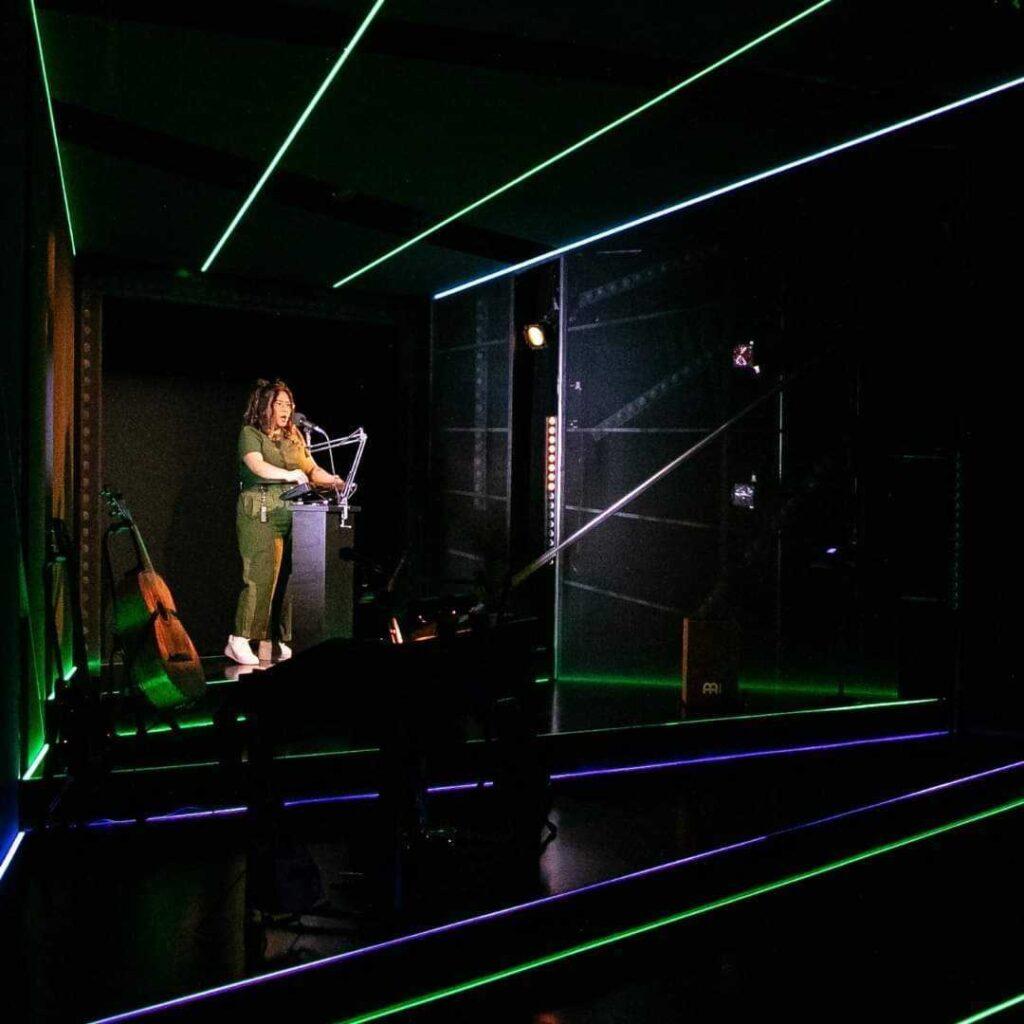
Thomas Whitfield: Professor, as we wrap up, what do you want people to know about the Latino contributions to the fight for civil rights and social justice in this country?
Del Castillo: I want people to know that the movement is still alive. The next generation has developed it in a different, creative format that is open to all people. The movement has not died, and actress Satya Chavez in this play is a perfect example of where we're taking it.
Thomas Whitfield: That's a powerful perspective, professor. Thank you for sharing your insights and helping us understand these complex issues of identity and belonging. Thank you for joining me.
Del Castillo: You’re welcome. It was my pleasure.
- Interview: NPR’s Weekend Edition Sunday host Ayesha Rascoe on the beauty of Colorado, her new book, and the upcoming presidential election
- Interview: The editor-in-chief at MSU Denver’s student newspaper on the opportunity and challenge of covering antiwar protests
- Interview: Colorado’s Veterans Affairs Board has its first Tribal member. Here’s what he’s hoping to accomplish
